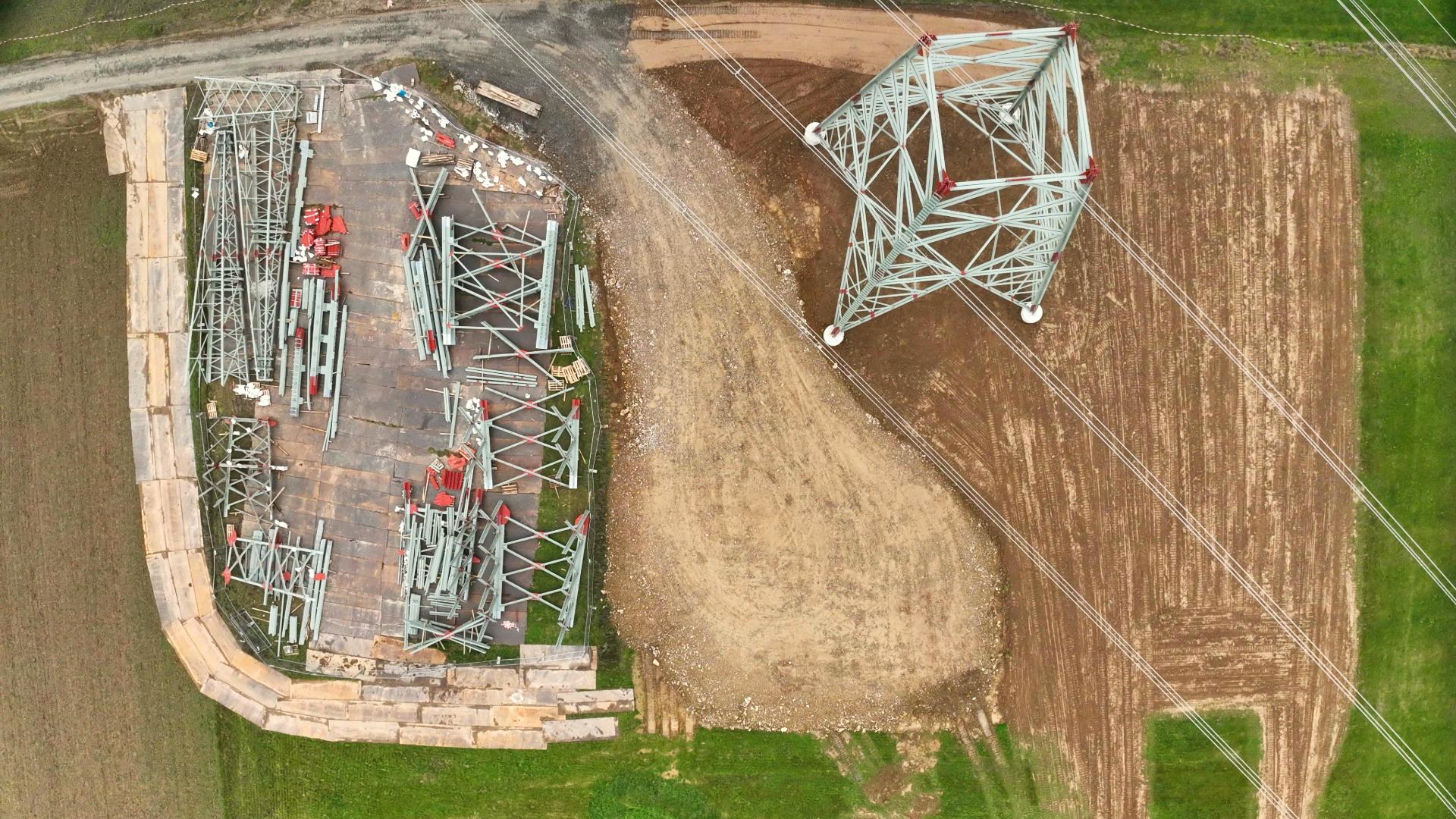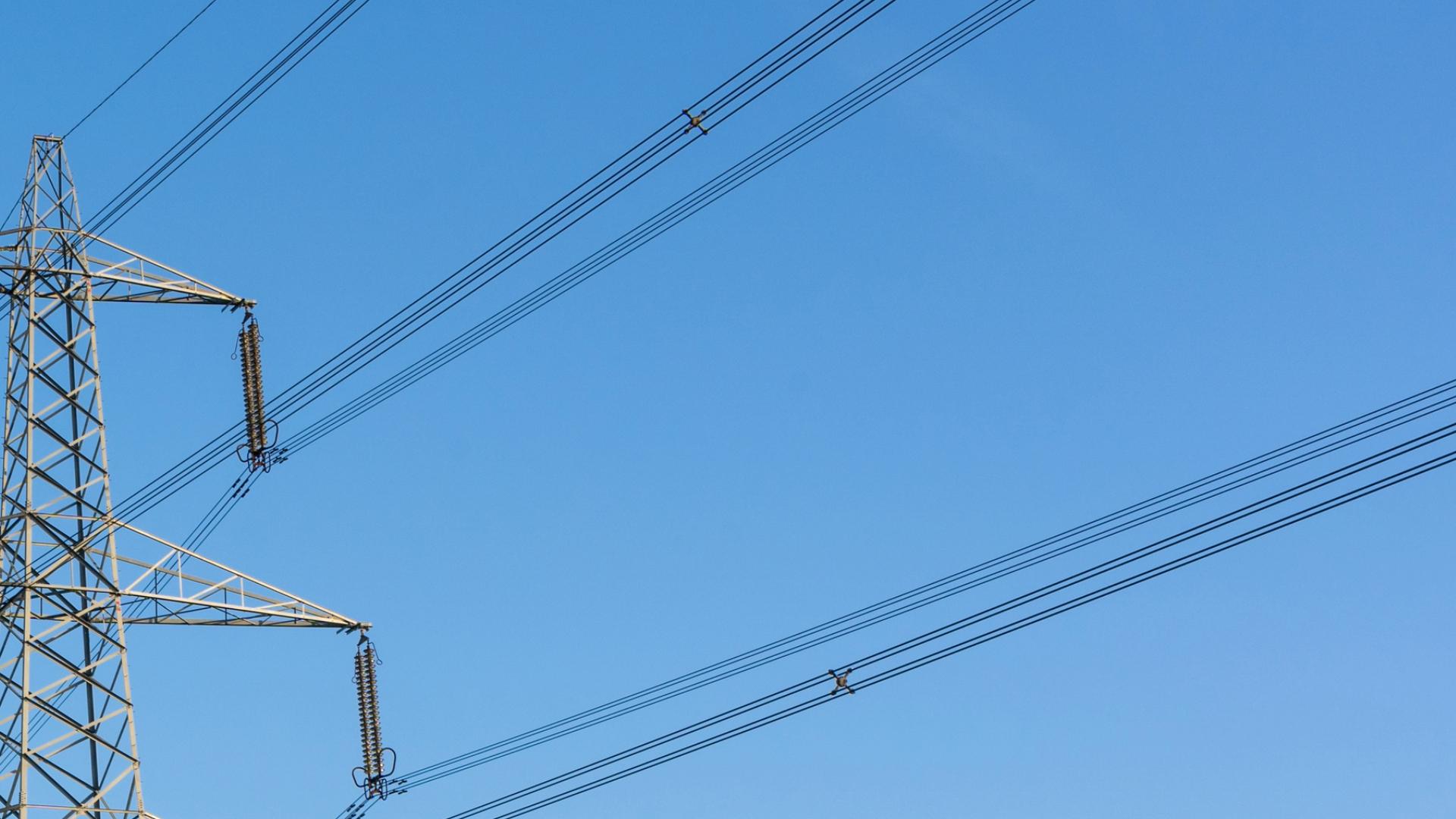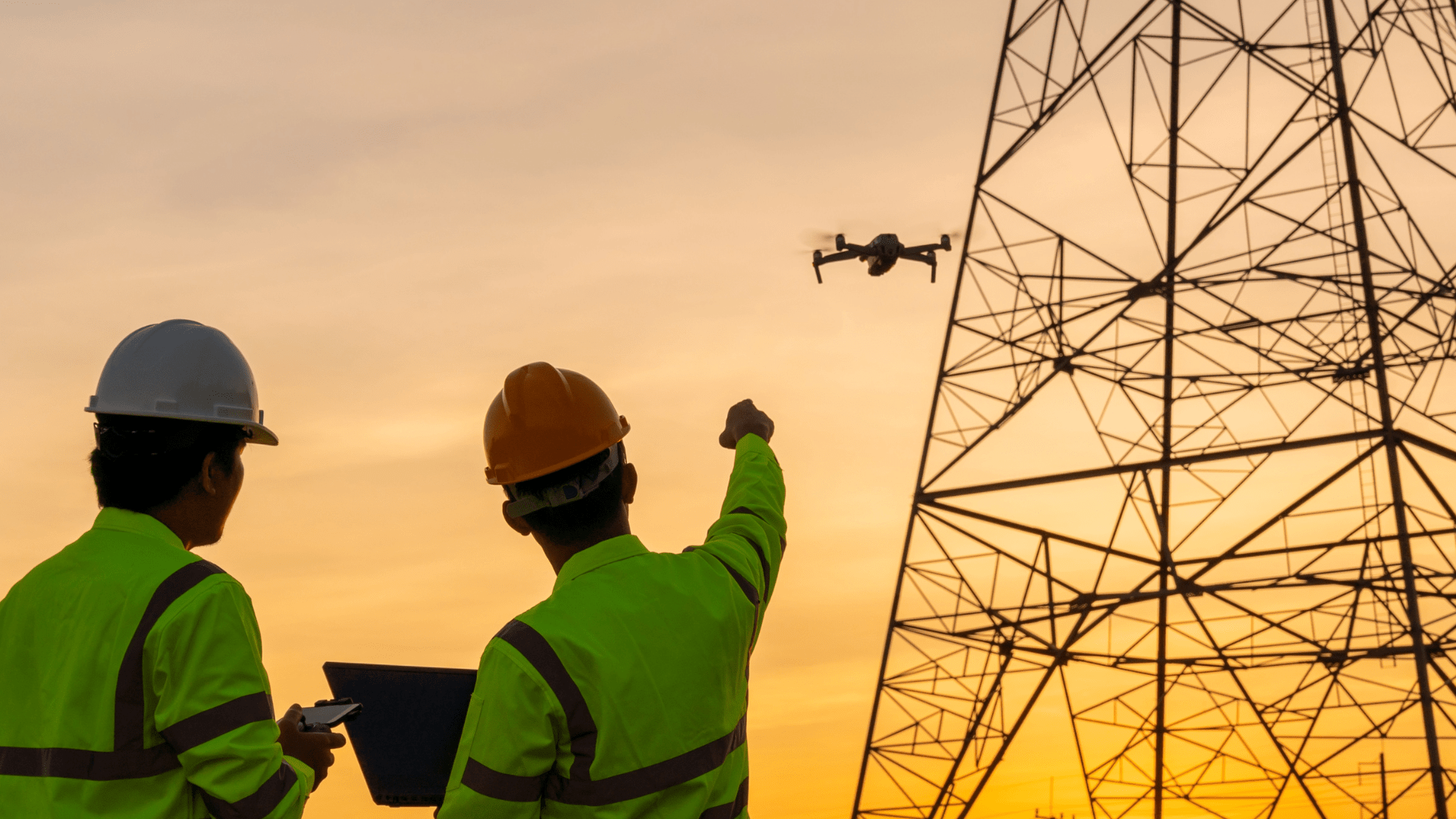The 10 million hits on our Map2Fly inspired us to take a closer look at the current and upcoming development of drones. In the first part, we have, therefore, dealt with the UAV market in Germany and the EU. In the second part, we took a closer look at the possible applications, and last week, in the third part, we introduced you to people who have set up their own business as UAV service providers. Here you can find our interviews with Frank Lochau and Michael Küpper.
To conclude our “10 million” blog series, we would like to venture into a small outlook. This is about the future of drones.
The market forecast
In the next 20 years, air traffic in Europe will increase by about 50 %, estimates the Association of Unmanned Aviation. If the drone market grows, this will also mean that jobs will be created here. By 2035, it is estimated that over 100,000 people will be directly employed in the drone sector. New laws and rules must be agreed upon to use these many unmanned aircraft sensibly and safely.
The challenge is to regulate the commercial use to such an extent that the UAV management is as simple and economical as possible without restricting the freedom of hobby pilots. In June, we will find out what innovations will be made at the legal level. Because on the 30th of June, the new laws of the EU regulation will come into force. We will prepare for this for you and will inform you in June again in detail about the innovations.
More digitalization and automation
The EU regulation is intended to contribute to the realization of the so-called U-Space. U-Space is a series of services designed to make the European skies usable for commercial drone flights. SESAR (Single European Sky ATM Research) has exciting plans for this. Read more about the EU plans for European airspace here.
In the third part of our blog series, we talked to drone pilots Frank Lochau and Michael Küpper about what they expect from drone technology in the future. Both spoke about further automation and digitalization. Mr. Lochau believes that in the future, it will be possible to press the start button, and the drone will fly by itself. Even the data transfer will be more automated. The drone itself, according to Mr. Küpper, will be used as an essential tool in all kinds of industries.
However, there are still many technical hurdles in the way of future plans. Drone manufacturers, in particular, are facing several challenges. In the future, drones would have to be equipped in such a way that they could detect other flying objects or objects on the ground (such as construction cranes). Once this is mastered, drones must also be able to avoid these objects.
One of the most recent successes in solving this problem is so-called “event cameras” on drones. This camera technology was recently demonstrated on a drone that could avoid flying balls. You can find more information here: Zurich University Camera System.
Drones as helpers
FlyNex, as a drone software service provider, is interested in making the use of drones as easy as possible, whether commercial or private. We work in associations and councils together with other companies and manufacturers to create recommendations and rules that make this possible. Besides the work in companies and cooperations, projects have been implemented at the EU and federal level to promote the sensible use of drones. For example, the project Medifly, which was tested in February in Hamburg with the participation of FlyNex. This project was about the transport of medical goods between hospitals.
Rwanda in Africa is a pioneer when it comes to the use of drones as a means of transport. There, they have been using drones to transport medicine, blood, plasma and vaccines for a while. Drones offer unbeatable advantages as transport vehicles in extensive areas and areas with poor infrastructure.
“Drones for Business” – It’s also about professionalization
Drones are also most helpful in the economy when processes can be accelerated or simplified. The example of MITNETZ STROM illustrates how complex work can be simplified with drones. At the beginning of the year, the energy network operator, together with FlyNex, performed a flight out of the pilots’ visual line of sight (BVLOS) for a 20 km route. During this flight, the method of power pole inspection was fundamentally renewed.
The aspect of full automation, data acquisition from the air without pilots having to be on site, is one of the most valuable perspectives for companies for future applications.
In summary, this means that we owe the increase in drones on the market to the different and numerous application possibilities. These are becoming more economical with new and more sophisticated technologies. The first companies are already using this for themselves. In the future, companies will probably have introduced drones quite naturally in their daily business. This creates new jobs and new business models. In addition, the coming new laws and regulations will help the drone market to grow.
We look forward to the challenges that lie ahead in the future. We wish you a safe flight and stay healthy!
Your FlyNex Team




